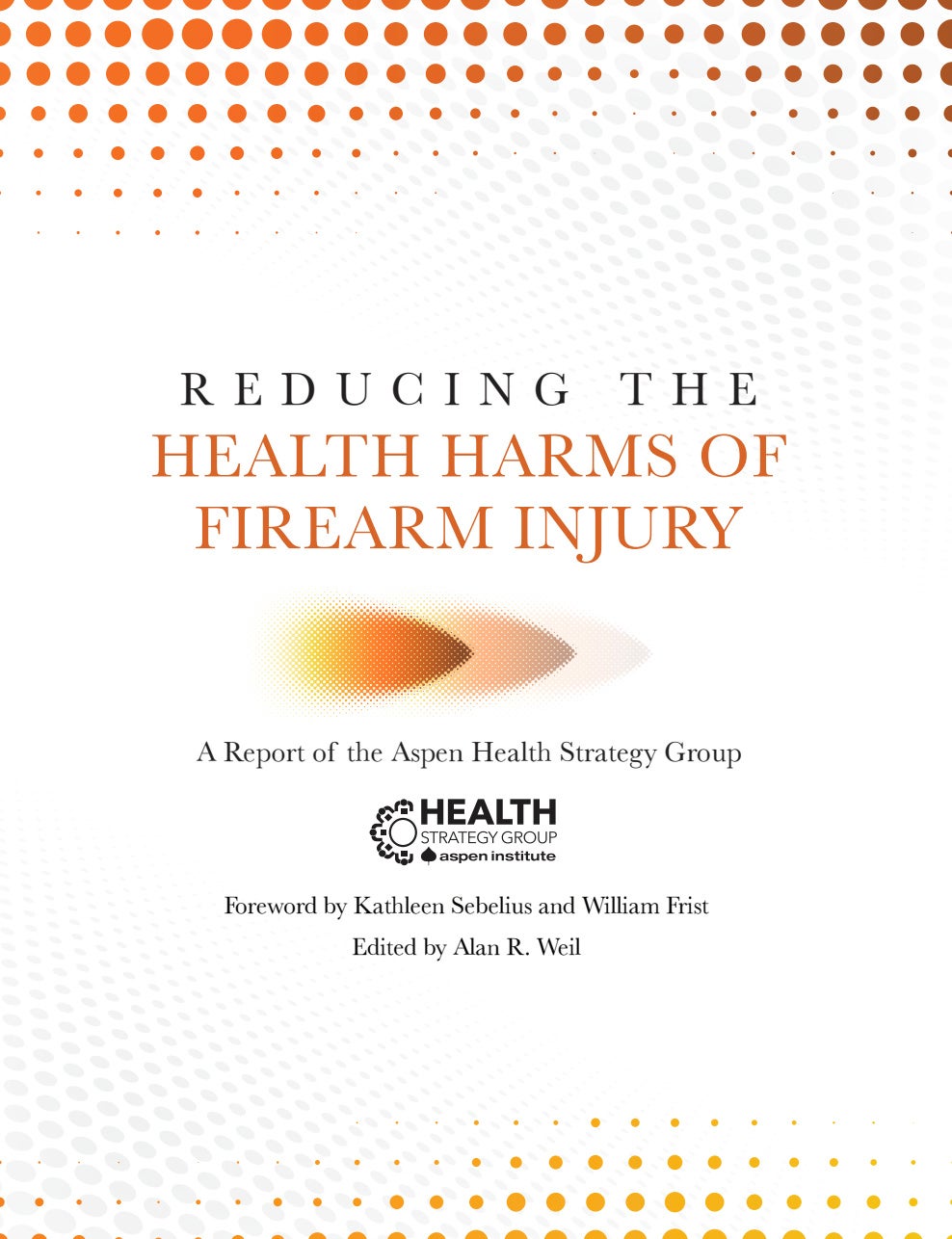Just like other momentous occasions in history, a likely topic of future conversations is “Where were you when the Supreme Court reversed Roe v. Wade?” As it turns out, I was at the Aspen Ideas: Health festival among leaders, entrepreneurs, and activists in the healthcare field when the decision came down.
There was a palpable shift in energy once the news broke. It was immediately clear to me and many others that the Supreme Court decision and interpretation of the constitution in Dobbs v. Jackson Women’s Health Organization will have immediate and lasting implications for rural racial, class, and gender equity.
Women, especially of lower-income and women of color, in rural and urban communities across the Midwest and South will feel this setback most acutely. We already are. As a result of the Supreme Court decision, here in Wisconsin, my reproductive health (along with 1.3 million women of reproductive age in the state) is now governed by a law written in 1849 — before germs and antibiotics were discovered, when humans were considered property, and women did not have the right to vote. Wisconsin is among the 13 states with “trigger bans” in place that now ban abortion, and in total, 26 states are certain or likely to ban abortion without Roe. Pregnant people in rural areas, who in many cases already had to travel great distances for health care, will have to journey even further to receive reproductive health services.
At a timely discussion organized by the Aspen Ideas: Health, Linda Villarosa, renowned author and NYT magazine contributing writer, and Paula Johnson, President of Wellesley College, noted that this Supreme Court decision must be considered in context. This is not a single-issue topic but rather a bigger issue reflecting a rollback on rights, liberties, livelihood, and advancement of women in this country — including, among others, barriers to quality education and employment, fair pay, supports for reproductive health, and dependent care.
These remarks resonated. In our 2022 National Findings Report for the University of Wisconsin Population Health Institute’s County Health Rankings & Roadmaps, we called attention to the barriers to opportunity women and families continue to face in communities nationwide — particularly in lower-income rural and urban areas. Take these key findings, for example:
- Nearly 60 years after the passage of the Equal Pay Act banning wage discrimination based on gender, employment discrimination remains a constant in the U.S.. On average, women still earn little more than 80 cents on the dollar men earn. By comparison, the earnings for women living in rural areas and women of color remain among the lowest. In fact, in rural areas, women earn on average less than $40,000 annually and only 77 cents for every dollar a man earns.
- Women who are caregivers and breadwinners for their families struggle to find affordable, high-quality childcare. On average, across counties nationwide, a family with two children spends 25% of its household income on childcare, more than three times the 7% benchmark set by the U.S. Department of Health and Human Services. Families with children in rural areas are among those facing the highest childcare cost burden.
- Resourcing to support a quality education and career path towards living wage jobs does not flow evenly in our country. Children living in rural and urban counties experience varying educational opportunities, largely based on underlying social and economic circumstances and histories of disinvestment and discrimination that continue to play out today. Students attending public schools in large urban metro and rural counties (which represent the majority of all U.S. counties) attend schools that operate with a deficit. In fact, 7 out of 10 counties with public schools operating under large deficits (more than -$4,500 per student annually) are rural.
We fail to achieve health and equity in our communities when women, children, and families — particularly women and pregnant people living in rural areas and those of color — cannot reach their fullest potential.
If we are ready to act today, the good news is that there are evidence-informed solutions we can put in motion now. To name a few:
- We can ensure that everyone has adequate, affordable health care coverage and receives culturally competent services and care, increasing accessibility through community health workers and school-based health clinics with reproductive health services and addressing the needs of pregnant or parenting teens with comprehensive clinic-based programs.
- We can cultivate community power and promote civic engagement with youth leadership programs, address barriers to health care, participation in policymaking and information sharing, and foster collaboration in communities, workplaces, and schools with community schools or school-based health centers.
- We can push for policies that recognize the value of all work by paying a living wage, supplementing income, and ensuring equal pay for equal work, such as paid family leave, paid sick leave, universal basic income, living wage laws, Child Tax Credit expansion, and the Earned Income Tax Credit.
- We can create opportunities for women and caregivers to participate in the workforce and ensure the benefits of early childhood education with publicly funded pre-kindergarten programs, child care subsidies, preschool education programs, and Early Head Start.
As a public health researcher with a focus on advancing health equity, there have been few silver linings of late. The Aspen Ideas: Health festival challenged a reframe of the struggle and encouraged an exchange of action-oriented ideas and hope for a better tomorrow. In channeling the reverberation of the Supreme Court decision, we must be clear — this is not a women’s issue, this is all our issue. This is about social solidarity and ensuring everyone’s needs are met with dignity across rural and urban areas, social and economic circumstances, and racial, gender, or class identities.
What are we waiting for?

